How does your chicken coop measure up? Make sure you’ve got all the chicken coop necessities covered for happy, healthy, chickens!
I love chickens. I love watching them chase each other for treats. I love watching them catch June bugs in the summer. I love what their manure does for my garden. My kids love chickens too. They love their old hens as much as they love the cute, fluffy chicks.
This site contains affiliate links. If you make a purchase using one of these links, I may earn a commission. Please see my disclosure page for more information about cookies collected and our privacy policy.
But if you are just getting started with chickens and are beginning to plan your chicken coop, there are a few chicken coop necessities you will need to remember.
You also have to make sure that your coop has a few certain elements to ensure that your hens stay happy and healthy. When building your coop you should ask yourself the following questions:
Is the coop:
- Ventilated enough?
- Secure against predators and rodents?
- Protected from moisture?
6 Chicken Coop Necessities You’ve Got to Have:
Your Chicken Coop Should Be the Right Size
When building your chicken coop, size is one of the first things you should consider. And how much space do chickens need?
For your standard breeds you want a minimum of 4 sq. ft. per bird. If you can do more- I am sure they will appreciate the extra room! Keep in mind that you will also be adding in nest boxes and roosting areas, so don’t cut corners when it comes to space.
Your Chicken Coop Needs Nest Boxes
Nest boxes are a must inside the chicken coop! Your hens will push and shove each other daily to get their preferred laying spot. But in general you want your nest boxes to be approximately 12’x12′ and you want enough boxes so that there is 1 for every 3 laying hens. You can be as creative as you wish for your nest boxes.
I have seen 5 gallon buckets on their sides, milk crates, re-purposed shelves or dressers. But to warn you, and this is especially true if your chickens free range, chickens will lay where they want.
They may decide they don’t like your nest boxes and find one they like better-like the goats’ hay or under the tiller in the storage shed. I have found that the more private you make the nest boxes the better they like them.
Chickens Need a Place to Roost
Roosts are another chicken coop must have. Chickens don’t sleep on the ground. They like to be up in the air, so you will need to provide a space for them to roost when they go to bed each night. When adding your roosts you want to keep a couple things in mind:
- Roosts should be at least 12 inches away from the wall. This provides them space for their head or tail to hang off comfortably.
- Give at least a couple of feet between the uppermost roost and they ceiling so that your birds don’t chance hitting the ceiling when jumping up to their roosts.
- When calculating how much roosting room you need, estimate at least 12 inches of space per bird.
Roosts can be made out of just about anything- but stay away from slippery plastic like PVC pipe and if you go for a square board you will want to round the corners a bit so the chickens can wrap their feet around them comfortably.
Your Chicken Coop Needs Ventilation
Ventilation is an often overlooked part of coop design, but also a very important thing to remember. Chickens make a lot of dust and between their manure, the bedding, the feathers, and all the scratching they do fresh air is a necessity to protect their lungs. There is a difference between having a well ventilated coop and a drafty coop.
Ventilation is important to create air flow and allow the “soiled air” out and fresh air in.
Remember to leave some openings around the coop- windows or along the eaves of the roof. Just be sure to secure the openings with chicken wire or hardware cloth so that predators can’t make their way inside.
Proper ventilation can also help your chickens stay warm in the winter by letting dry air in and the moist air out!
Your Chicken Coop Should Be Safe and Secure
Once your chicken coop is complete, check it for any areas that may allow other animals in. This means gaps or holes that are big enough for small animals such as snakes or rats as well as larger predators such as opossums or raccoons. Make sure all large openings are covered with some sort of wire and that small areas are either covered or blocked.
A good rule of thumb is that if a 3-yr old can open it, so can a raccoon. So make sure all door latches are “child-proof”! Your feed storage area can also be a target for unwanted guests.
Don’t leave feed bags open, store your feed in a covered container. We store all of ours in metal trash cans with very tight fitting lids. Not only does this prevent rodents from invading, it also prevents moisture from reaching the food.
This is also a good time to make sure your coop is water-tight. Make sure the roof is good, the floors won’t leak and that heavy wind won’t cause rain to drip through your ventilation holes.
Your Chickens Need Room to Run!
The final part of coop planning is outside of the actual coop. How your chickens spend their time outside will depend greatly on where you live and how many predators are in your area. Your options include:
- Free-range
- Pastured
- Run
Our current chickens are free-range. They don’t have a fence and are free to roam our entire property…and sometimes the neighbor’s too….Back in TN, we had over an acre of land, but in a subdivision. There our chickens were pastured in our back yard. They were contained in our fenced back-yard with our dogs..and eventually the goats too.
Related Reading: The Pros and Cons of Free Range Chickens
If you live in the city or have a big problem with predators a covered run might be a better fit for you. If you are planning a run, make it big enough to give each bird a minimum of 10 sq. ft each.
Again, this is a minimum, and more room is always better! Especially if there is a chance you will add more chickens later. And if there’s one thing I have learned- there is always a chance of adding more birds later!
So there you have it- 6 chicken coop must haves to keep your birds happy, healthy and laying lots of yummy eggs!
Other Poultry Articles You May Like:
How to Make Money Raising Chickens
5 Poultry Alternatives to Chickens
Hatching Eggs with an Incubator vs a Broody Hen

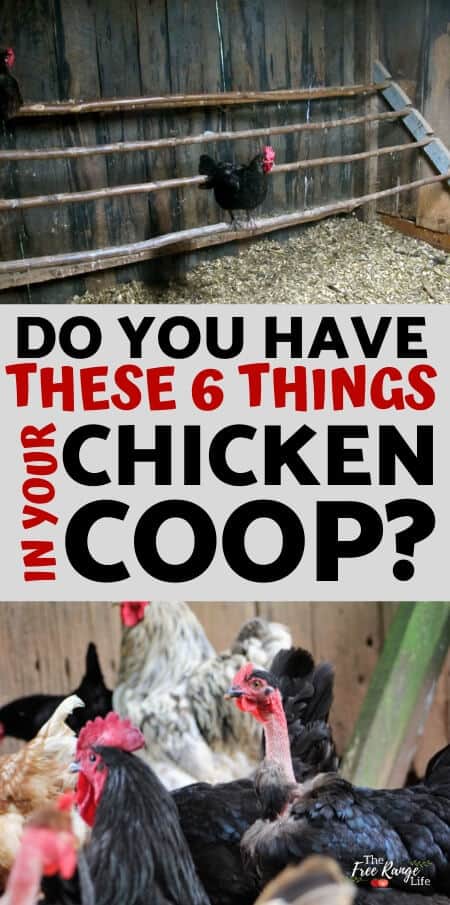
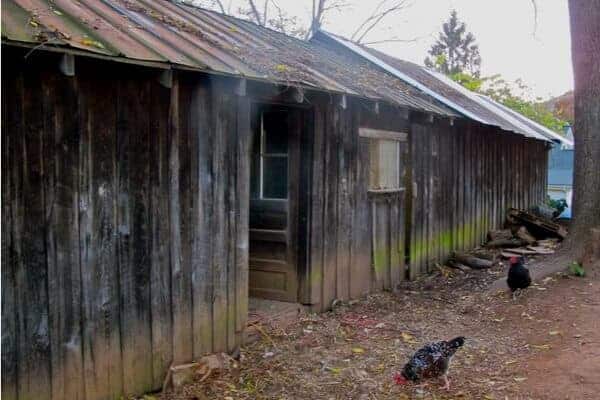
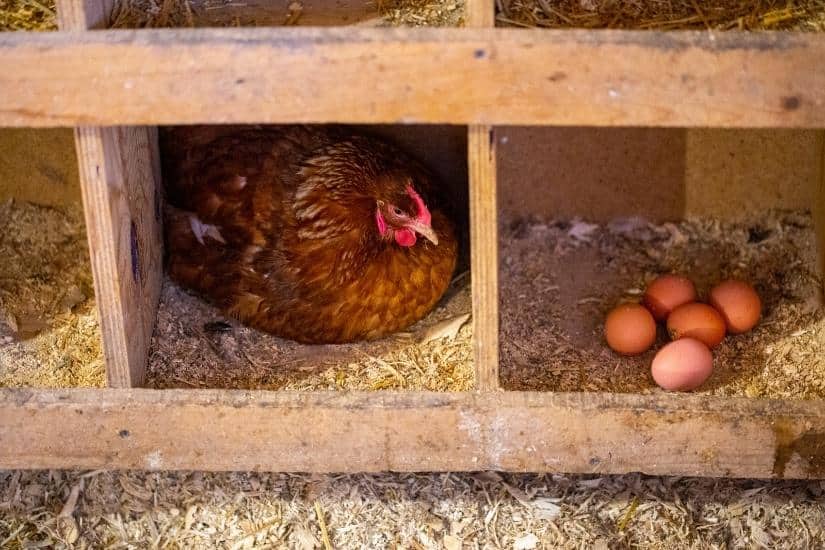
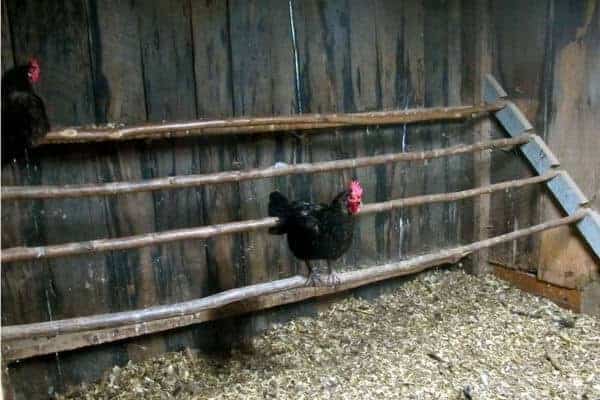
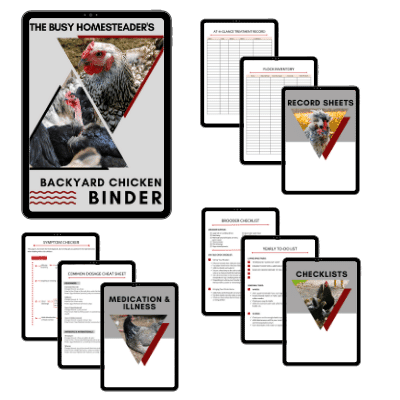
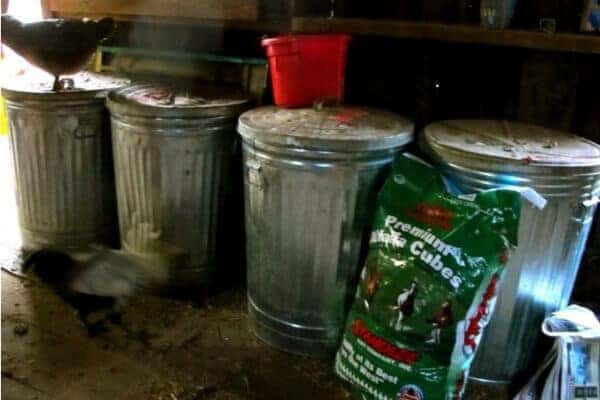
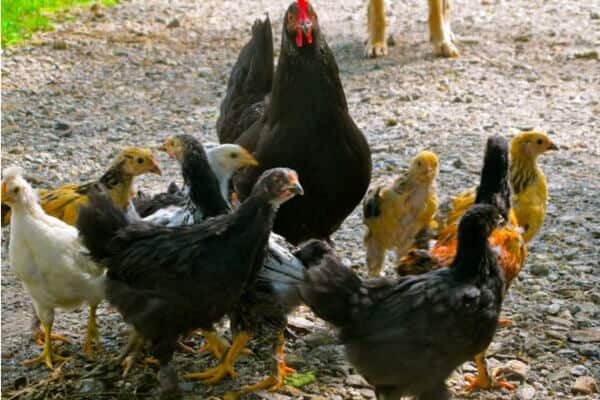


Thanks, Sarah … this really helps! Great review of all the important considerations. Pinned this to my Farm Fowl pinboard for future reference. I am sure I will be needing it … hopefully, soon!
You also need to make sure there is no uncovered corners, my run when beginning to raise chickens had them and when perched for the night will fall off and get a leg caught and hanging there all night will cause them to die or mess them serious injury or hurt their leg badly.
I didn’t understand what you meant by uncovered corners. Please explain so I don’t have a disaster! Thank you
Great post! Very good points for the beginning chicken keeper to consider. Sharing on our facebook page and pinning for future reference :)
😁 love this information thanks
Your photos are very very good. And great info also. thank you.
Great article! For those with only a dozen or two chickens, here’s a short article on a hawk- and owl-proof, self-maintining scratch yard that worked really well for us: bit.ly/1hVGnDP
I have given many people the advice of using fishing line. We’ve never had issues with flying predators- mostly the 4 legged kind, so I have never personally tried it. Thanks for sharing!
Great post! Chickens are some of the easiest farm animals to raise with a few simple amenities. You stated this beautifully.
Thanks! We love our chickens and they are one of the easiest animals to raise!
Great post – I’m sharing it on fb today and thanks for linking up to our From the Farm Blog Hop too!
Lisa
Fresh Eggs Daily
I laughed at “IF there’s a chance of adding chickens later” part, Sarah! LOL!! More like “when,” right? :)
Thank you for sharing with the Clever Chicks Blog Hop! Merry Christmas!
Kathy Shea Mormino
The Chicken Chick
Exactly :) I know our flock has grown quite a bit larger than it used to be. It seems we can’t help but hatch or buy chicks….
Very informative chicken post. Thanks for sharing with us at Christmas on The HomeAcre!
Please join us again Thursday for The HomeAcre Hop.
~Ann
Great post! Very informative, I am going to feature it tomorrow on the HomeAcre Hop! Hope you stop by and share a post again! – Nancy
The Home Acre Hop
Had chickens off and on, lost couple last year hope to get some before Easter to join our mimi-pot bellied pigs and a goat or two, working on their fencing all day today. Grandkids love them so expect a zoo soon in Tellico Plains.
My girls know when I come outside they may get treats….veggies, scratch, oats, or their favorite fermented feed. So when I let them out to free range occasionally they tend to follow me around like puppies. But no further than I can see them, and they see me.
To return them inside I just toss in a handful of scratch or meal worms. In they go. Such good girls.
Hi, I’d like to free range my birds to the point that they get as large a percentage as possible from their natural scratching. What size area do you think they need as a minimum, and are there any plants that you would recommend to help them balance their diet?
Thanks for the post. Can you tell me the breed of your chicken that is the bottom left of the first picture? The one with the black spots.
The golden/buff colored ones with black on the necks? They are mixes I believe- the rooster was a buff Brahma, which is what they mostly look like with a little more black in them than a standard buff Brahma hen.
I would like to add one more suggestion to the roosting bar advice. You’ll also want to avoid metal ones, as they get too cold in the winter.
For safety purpose, you can use an automatic chicken door in your coop. If you can install it, then you can easily use it, and they can give safety from predators to your chicken.
I live in a very rural area and certainly appreciate your website.
Altho’ I only have a small (6) flock, on about an acre & half lot we have them free range all the time. Thanks for the insight given to some very important points. I will keep you on my list of places to go to.
Great info with simple convenience and important helpful points for chicken keeper at early stage.
I ‘m curious, you mentioned giving your chickens 10 sq ft for each bird. That’s the first time I’ve seen info saying that much sq ft? Usually it’s between 4-6 sq ft that I normally see on blogs or posts. Are you just being generous with space to give your birds extra room or is there a real reason you need the 10 sq ft? Not that I think I’ll have a problem with space? At the moment I have 9 chickens that are not adults yet! I ‘m building them a 20’x12’ run with a 12’x12’ coop that will be inside the run roughly 3’ above the ground so the chickens will have at least the 12’x12’ area under the coop to stay dry and out of the sun if they need shade? So the coop gives them 144 sq ft and the rub itself will be 224 sq ft. Whole unit will be on wheels that can raise or lower to move the coop and run all in one unit. So each chicken will have 16 sq ft each for now, till more chickens come to join the party! But I certainly don’t want to over crowd them! Originally I was planning on giving them 6 sq ft, that be a sq ft or 2 more then what most information I ‘ve read says you need? Do you think 6 sq ft not enough space for my chickens?
I say 4 sq ft IN THE COOP and 10 sq ft IN THE RUN.
I’m curious if that10 sq ft is still important as much when you have a coop tractor that’s able to move every day or so? My coop run is 20’ x 12’ with a 12’ x 12’ coop that sits 3’ in the air above the run. So the chickens will have roughly a 12’ x 12’ shaded area under the coop and a 12’ x 8’ area out in the sun that will be 8’ high in the sunny area. So I can put some roosts up higher in that area too, that I’m hoping adds to the sq footage? This is my very first coop and/or chicken coop tractor that I have ever built! So hoping I’m covering all the basis? If you think I missed something or should add something let me know please? I don’t mind advice or second opinions!
How many birds are you putting in this space?
Don’t they also need supplemental lighting in the darker months ? How bright? How many hours per day to keep them laying at maximum output? What strength of lumens?
I plan on using LED 12 volt lights on a car battery charged by solar cells.
Very helpful information as I build my cooper and run from an unused storage shed and hugh penned area dogs use to use. Thanks love your site
Thanks for all your awesome info! It was very helpful!
I am getting ready to build my coop and run. Thank you for the tips and things to remember. Do you have any suggestions for digging predators? We have seen several 4″ wide holes that are at least 3-4′ deep. I don’t know what the animal is yet that is making these holes, but I don’t want to take chances. Must protect the chickens. :-)
My girls know when I come outside they may get treats….veggies, scratch, oats, or their favorite fermented feed. So when I let them out to free range occasionally they tend to follow me around like puppies. But no further than I can see them, and they see me.
To return them inside I just toss in a handful of scratch or meal worms. In they go. Such good girls.
I am planning on building my own Coop for 4 or 5 egg laying chickens. When building a coop/Nest boxes that are easier to maintain/clean?
Hi Sarah, Thanks for checking the email. This is Maple, from the Marketing team of Chickcozy Company, which specializes in chicken-related products.
The reason I contacted you is that i am lucky enough to find your website where you write high-quality blogs and express novel tips and tried-and-true guides for beginners and experienced chicken keepers. Knowing that you have a great passion and knowledge for chicken care and raising, I think you will be the best partner to cooperate with us. Our company developed the Automatic Chicken Coop with distinctive advantages(https://chickcozy.com/products/automatic-chicken-coop-door), like a predator-proof and sensor system, that can protect and care for your chickens well. And the door can be set with three flexible methods (Manual, Scheduled time, and Light sensor). Besides, the door has other advantages, like Power by Batteries, or outlet(power adapter and batteries included).
Would you like to receive the Chickcozy Coop Door to write an objective review blog on your website( it will be great on your other social accounts as well)? We will appreciate your feedback and want to keep a stable and long-term cooperation!
You can reply to the email with your preferred color, mailing address and phone number (it is necessary when you are not in America) if you have an interest in the product. I will try my best to have an instant response for you.
Best regards!
-Maple
Chickcozy™
http://www.chickcozy.com